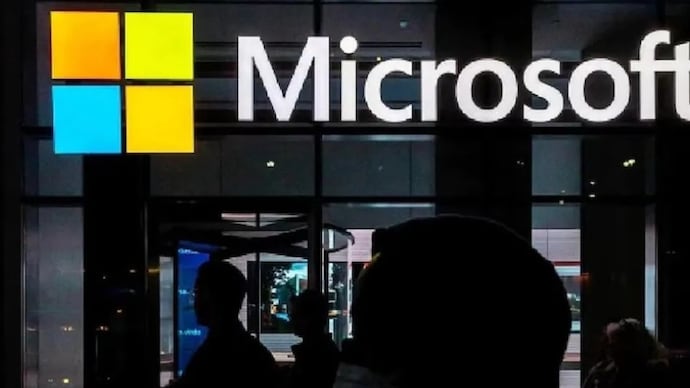Microsoft says CrowdStrike update affected 8.5 million PCs, less than 1 percent of all Windows machines
Last week’s major technical outage was caused by a faulty CrowdStrike update, affecting 8.5 million Windows devices, or less than 1 percent of all Windows machines.

Last week, the tech sector was rocked when millions of devices running Windows 10 suffered a Blue Screen of Death (BSOD). Airlines cancelled flights, and banks and businesses stopped working for hours as we experienced the biggest outage in tech history. Sharing more details about the outage, Microsoft revealed that the mayhem caused by cybersecurity firm CrowdStrike’s software update affected about 8.5 million Windows devices. However, these devices were less than 1 percent of all machines running Windows.
While that number seems alarming, it shows just how big Microsoft’s web is, powering billions of devices worldwide. Still, even 1 percent of affected devices produced serious consequences last week, including grounding flights, disrupted broadcast services, and reduced access to essential services like healthcare and banking. Despite the relatively small percentage of affected devices, the impact was significant because of the devices using CrowdStrike software to manage critical operations.
To recall, the outage that occurred last week stemmed from a software update released by cybersecurity firm CrowdStrike. A bug in the update affected the Falcon sensor used in several critical systems. After being installed on the device, the bug led to significant disruptions, including triggering a Blue Screen of Death (BSOD) on Windows devices. “While software updates can sometimes cause disruptions, events as significant as the CrowdStrike event are rare. Our current estimate is that CrowdStrike’s update affected 8.5 million Windows devices, or less than one percent of all Windows machines. While the percentage was small, the widespread economic and societal impacts reflect CrowdStrike’s use by enterprises running many critical services,” Microsoft said in an official blog post.
To address the widespread damage, Microsoft promptly released a USB recovery tool aimed at repairing affected devices. This tool provided two primary recovery options: recovery from WinPE (Windows Preinstallation Environment) and recovery from Safe Mode. The ‘Recovery from WinPE’ option allowed users to restore their machines without requiring local administrator privileges, although a BitLocker key entry was required if encryption was enabled. For users without access to their BitLocker key, Microsoft made available a ‘Recovery from Safe Mode’ option, which requires local administrator privileges but provides an alternate recovery path for those with non-encrypted devices or unknown BitLocker keys.
Additionally, Microsoft also collaborated with major cloud service providers such as Amazon Web Services (AWS) and Google Cloud Platform (GCP) to accelerate the release of fixes for the CrowdStrike update. CrowdStrike itself played a key role in developing a solution to mitigate the effects of the faulty update. These collaborative efforts ensured a coordinated response, emphasizing the interconnected nature of the tech ecosystem and the importance of collaboration in addressing and resolving widespread issues such as this one.





